Recording a podcast, or podcasting, involves capturing audio content in a controlled environment, like a studio, to produce a high-quality and professional-sounding result. Here are the steps involved in recording a podcast:
- Equipment: The first step is to gather the necessary equipment, including a microphone, headphones, a computer with recording software (such as Audacity or GarageBand), and any necessary cables or adapters.
- Setting up the recording environment: Choose a quiet room with minimal echo or background noise to record in. Place the microphone on a stand and position it correctly in front of the speaker(s).
- Sound Check: Before recording, perform a sound check to ensure that the audio levels are correct and that there is no unwanted noise.
- Recording the episode: Start the recording software and press record. Speak clearly and at a consistent pace, maintaining eye contact with the microphone. If recording with multiple speakers, it is important to stagger their distances from the microphone to avoid phase cancellations.
- Editing: After the recording is complete, use the editing software to cut out any unwanted sections, fix any audio problems and add any necessary sound effects or music.
- Exporting: Once the episode is fully edited, export it as an MP3 file, which is the most common format for podcasts.
- Publishing: Finally, upload the episode to a hosting platform such as Anchor or Buzzsprout, and distribute it through a podcast aggregator like Apple Podcasts or Spotify.
Recording a podcast can take time and effort, but with proper planning and attention to detail, it can result in a polished and engaging audio experience for your listeners.

